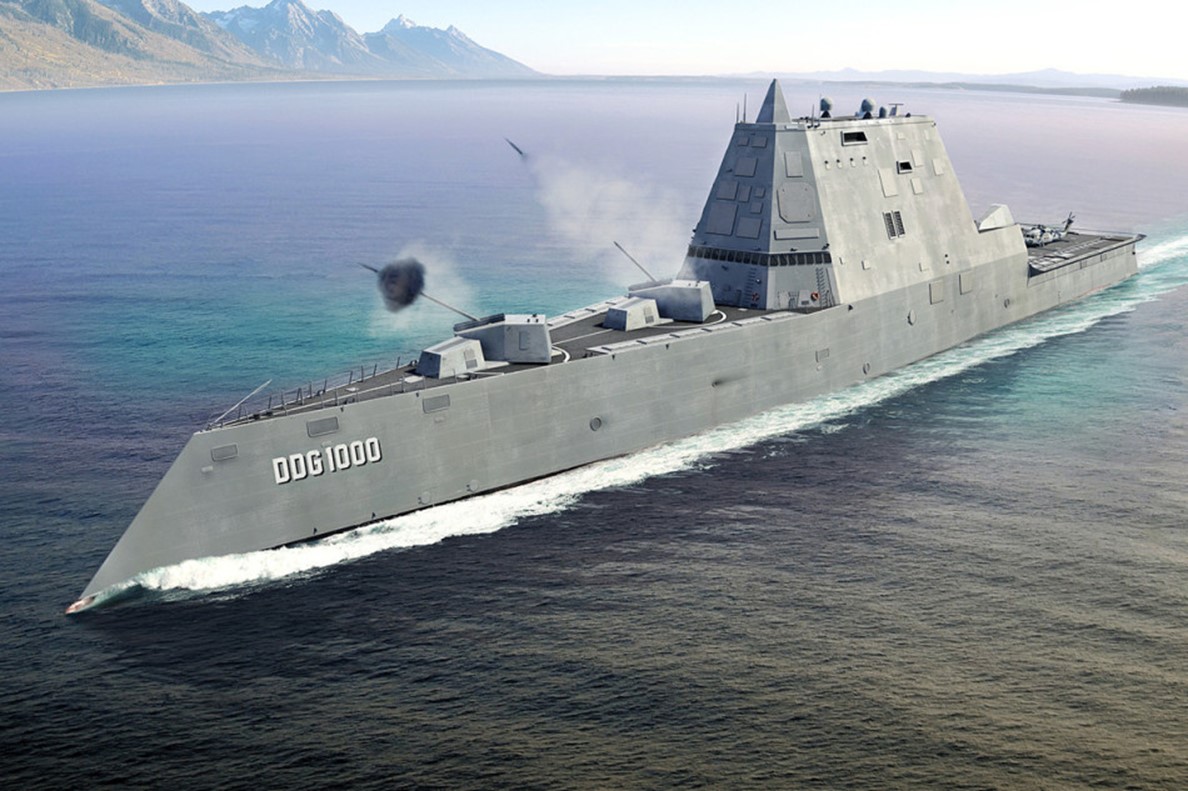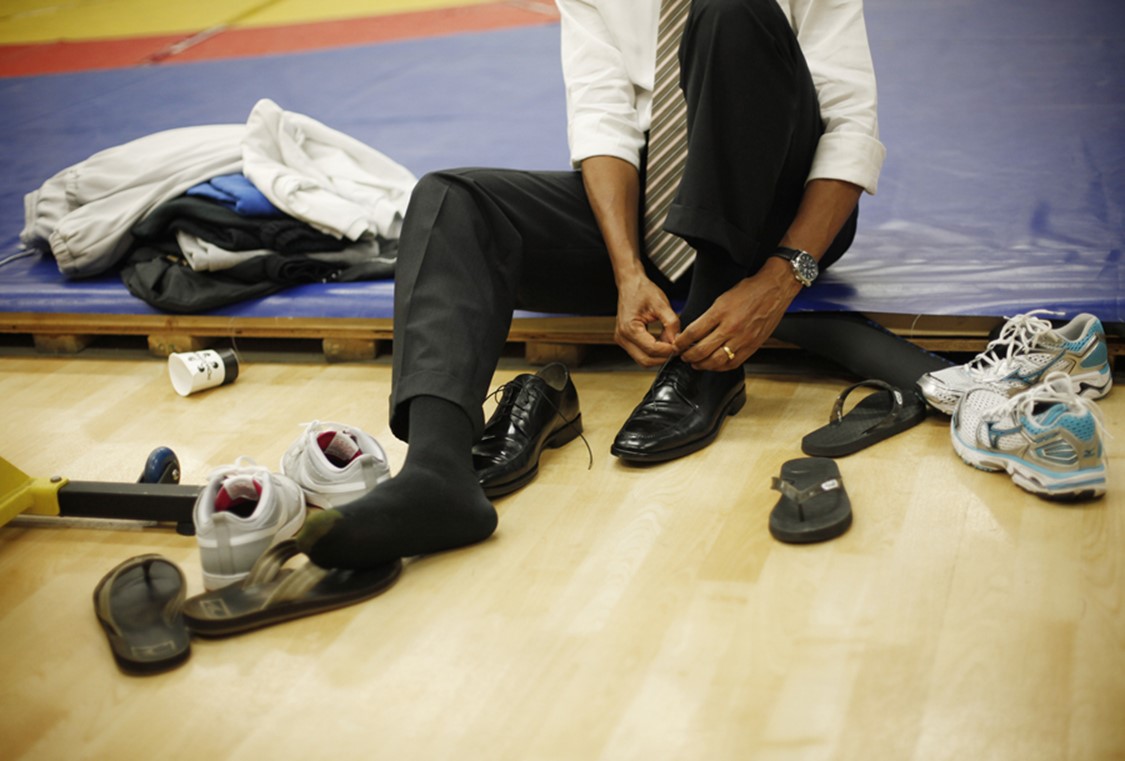Game Theory And Dating Apps
November 11, 2016 in Daily Bulletin

Uri Bram listed the different ways that a new generation of apps is using game theory to make online heterosexual dating better:
- The ratio of men to women in most dating apps is 60:40. However since men message a lot more than women, it’s effectively 80:20.
- Women are inundated with hundreds of messages from men who are only vaguely interested, and men have little other choice since the response rate is so low. It’s an unhappy equilibrium.
- Enter game theory. The problem is that there’s no cost to using a limited resource – in this case, the resource is a woman’s attention.
- One app got over this by imposing a limit on supply: only one match was allowed a day.
- Others are targeting the demand side. Coffee Meets Bagel allows users to pay to send a “woo” which indicates significant interest. By adding a price, the app helps regulate demand for the scarce resource.
- Game theory addresses other concerns. Women may feel it’s inappropriate to send a message first, even if they really like someone. So one app only lets women do the messaging.
- Messaging too quickly by either gender can make someone seem needy. So Bumble only gives users 24 hours to message each other, giving them an excuse to communicate early.
Read the full article on 1843.









Join the Discussion! (No Signup Required)